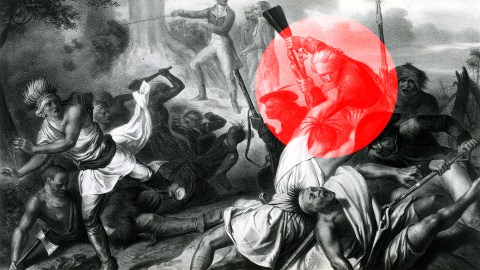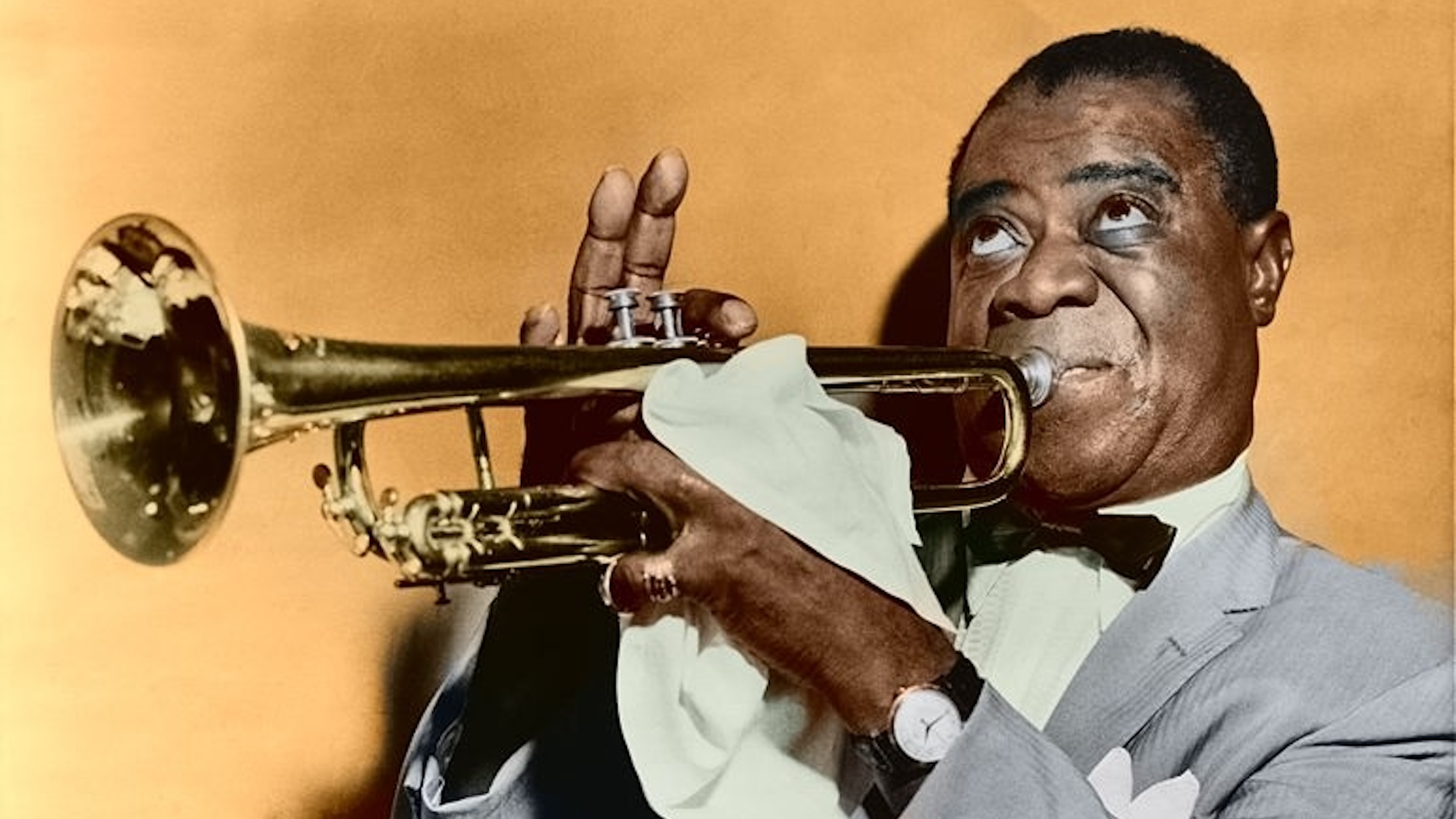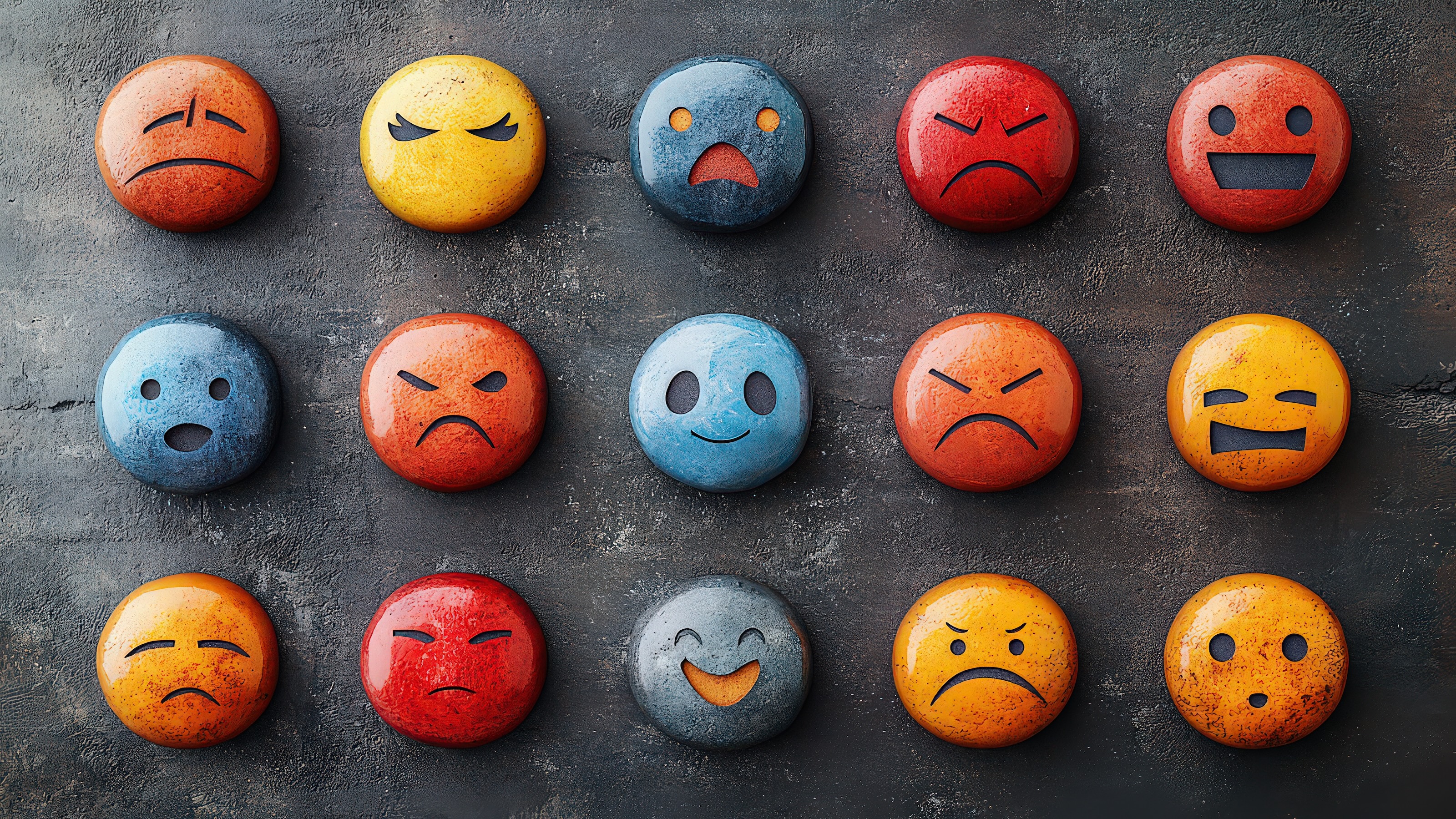Free speech on campus holds the cure to America’s growing polarization

(Photo by PhotoQuest/Getty Images)
- In July 2019, a California school board voted unanimously to paint over an 83-year-old, 1,600-square-foot mural chronicling the life of George Washington – in part depicting dead Native Americans and laboring slaves – over concerns that the painting presented traumatic content.
- The mural, by Stanford University art professor Victor Arnautoff, was created as a pointed critique of Washington, a slave owner, and a society built on land that belonged to Native Americans.
- The reaction to Arnautoff’s deliberately disturbing artwork is characteristic of America’s growing outrage culture, which removes the opportunity for people to practice the skills they require to have difficult conversations.
In early July, a California school board voted unanimously to paint over an 83-year-old, 1,600-square-foot mural chronicling the life of George Washington that hangs over a staircase in George Washington High School in San Francisco. The reason: Concerns the images of minorities, including white colonists stepping over a dead Native-American and slaves laboring at Washington’s Mount Vernon estate, will traumatize students.
In his historic painting, Russian-American artist and self-described communist Victor Arnautoff, a Stanford University art professor who specialized in social realism, was pointedly critiquing Washington, a slave owner, and a society built on land that belonged to Native Americans. Eliciting reactions from students is the point. It’s an invitation to learn about this history that is often swept under the rug, and it makes a pointed assertion about the importance of countering the prejudice it reveals. Censorship often harms the very people it’s intended to protect – in this case, it would strip students of an important opportunity to grapple with racism in our past and deprive them of an opportunity to discuss solutions to the problems that history has created in the present.
The vote to destroy a “significant monument of anti-racism,” reads an open letter signed by more than 500 academics across the country, “is a gross violation of logic and sense.” It is. But that’s not all. The school board’s reaction to Arnautoff’s deliberately disturbing artwork is characteristic of broader cultural trends.
“[W]e’re seeing the symptoms of growing outrage culture—an environment in which controversial or offensive ideas aren’t met with challenge but calls to push them out of public discourse altogether.”
With social media facilitating our tribal instincts to gang up on the ‘other,’ universities grappling with pressure to remove faculty who work on provocative issues, and iconic works of art being literally whitewashed, we’re seeing the symptoms of growing outrage culture—an environment in which controversial or offensive ideas aren’t met with challenge but calls to push them out of public discourse altogether.
Research confirms the trend too. A new Pew study found that nearly 60 percent of Americans are “not confident that others can hold civil conversations with people who have different views.” Even more alarming, a recent academic paper found many people in each political party don’t only disagree with the other, they believe members of the opposing party are “downright evil.” And the latest Gallup/Knight campus expression study found that students today (61 percent) are more likely than they were in 2016 (54 percent) to think the climate on their campus prevents people from speaking their mind because others might take offense.
The student findings are notable when viewed as one symptom of this trend. They point to the fact that challenges facing campus speech aren’t unique to the academy. This is a cultural problem, and we’re seeing its reverberations across sectors of society – including higher education.
If it’s a cultural issue and not a sector-specific one, it changes how we approach the solution. In fact, by zooming out, universities come into focus as uniquely positioned to help America address our growing divisiveness. Consider the environment that campuses traditionally provide for conversation and deliberation. They invite students to understand diverse views in their intellectual complexity while practicing the skills for having these important and difficult conversations.
“These academic entrepreneurs are asking tough questions, conceiving new classes, and promoting a culture in which generally enlightening, often-discomfiting, ideologically-impartial programs are seen for what they truly are – an opportunity to learn.”
Policy change can play a role in aiding that ideal. Though the past few years have seen a number of gross overreaches from state houses – bills to dictate what classes can be taught, establish partisan litmus tests for staff hires, and mandate minimum punishments for students – there’s a role for principled, targeted policies in shoring up legal protections for free expression on college campuses. In a recent essay Greg Lukianoff, president and CEO of the Foundation for Individual Rights in Education (FIRE), pointed out that the percentage of colleges that maintain severely restrictive speech policies declined from 74.2 percent in 2009 to 28.5 percent in 2018, while at the same time a number of problematic Department of Education regulations have been repealed or revised. That is, in part, attributable to policies tailored to addressing those barriers.
While legal protections of free expression alone don’t foster an open environment, they help clear the way for civil discourse, open inquiry, and peaceful pluralism in general. And in that space, we’re seeing a largely untold story unfolding through the efforts of innovative, path-breaking scholars who are expanding opportunities to come together in productive and scientific exploration. Courageous crusaders like those at Interfaith Youth Core who are gathering students, faculty, and staff from different cultures and backgrounds to build the will, skill, and knowledge to respectfully engage deep difference. Leaders at the newly growing HBCU Debate League who are giving students a platform to grapple with myriad ideas. And countless others tailoring opportunities to their own campuses at schools across the country.
These academic entrepreneurs are asking tough questions, conceiving new classes, and promoting a culture in which generally enlightening, often-discomfiting, ideologically-impartial programs are seen for what they truly are – an opportunity to learn.
These projects stand to equip individuals to overcome the challenges of the present moment. And we have reason for hope. The American experiment – distinct from every country before it – is built not just on tolerance of difference but the invitation of it. Our diverse, dynamic society, with its rich mix of religious, cultural, ideological, and other differences, is made possible by civil liberties and a culture that values them. And higher education is at its best a microcosm of that.
Sarah Ruger is the director of free expression at the Charles Koch Institute and the vice president of free expression at Stand Together. Follow Sarah on Twitter: @SarahRuger.





